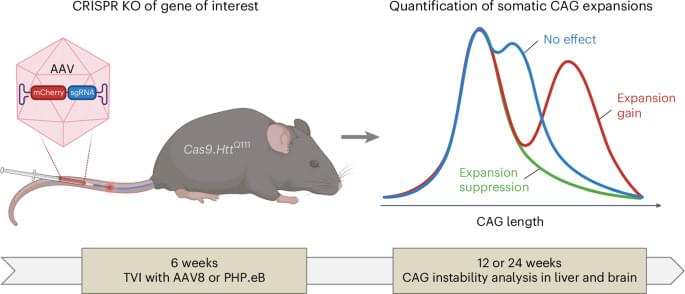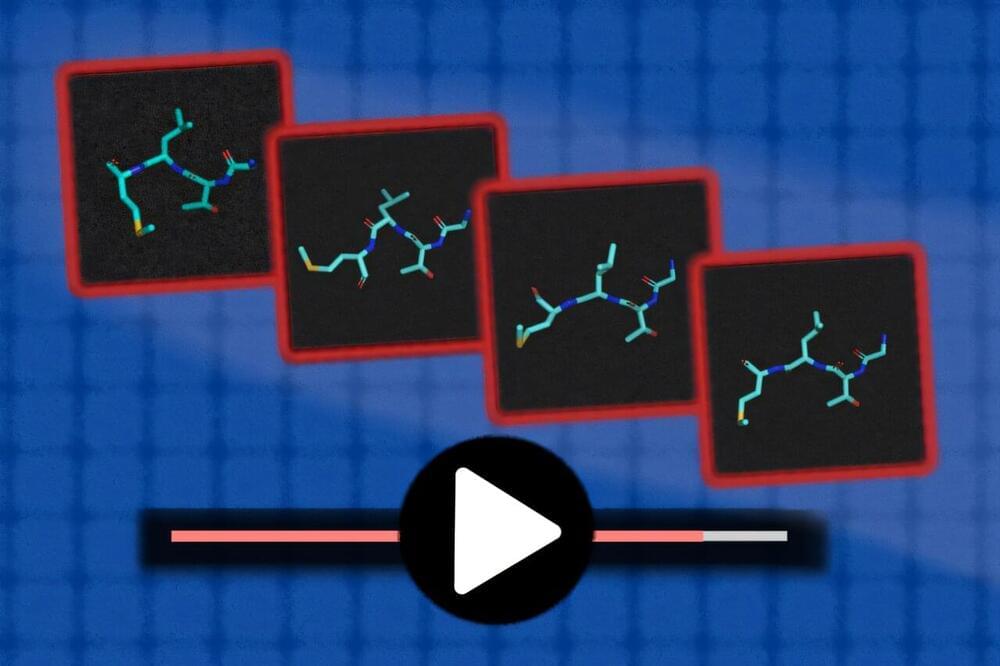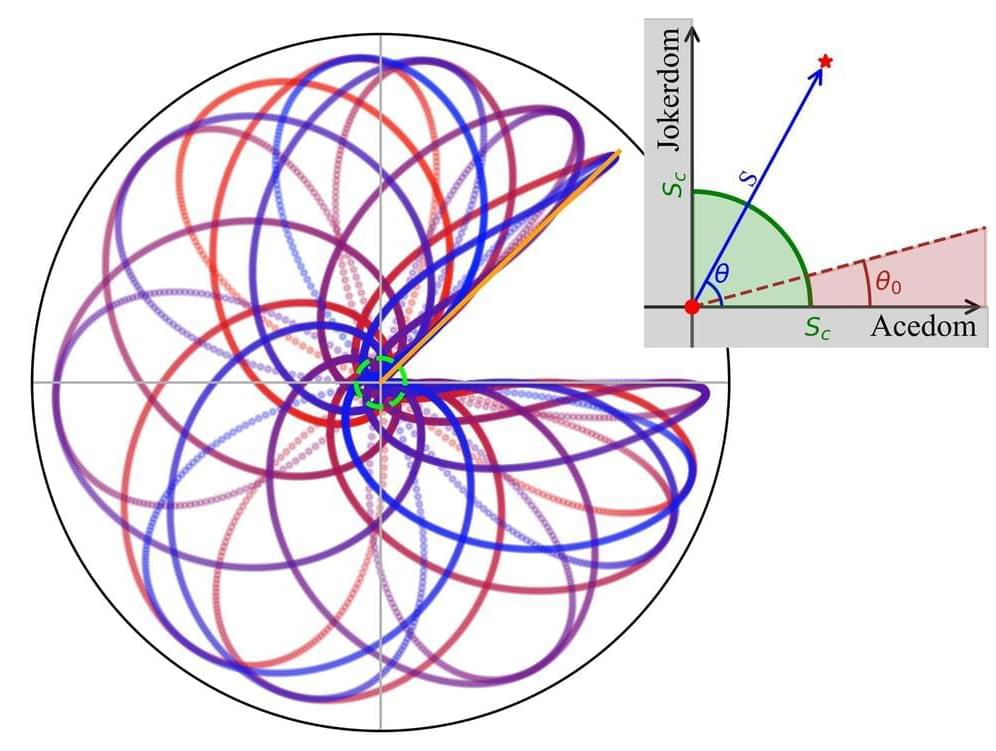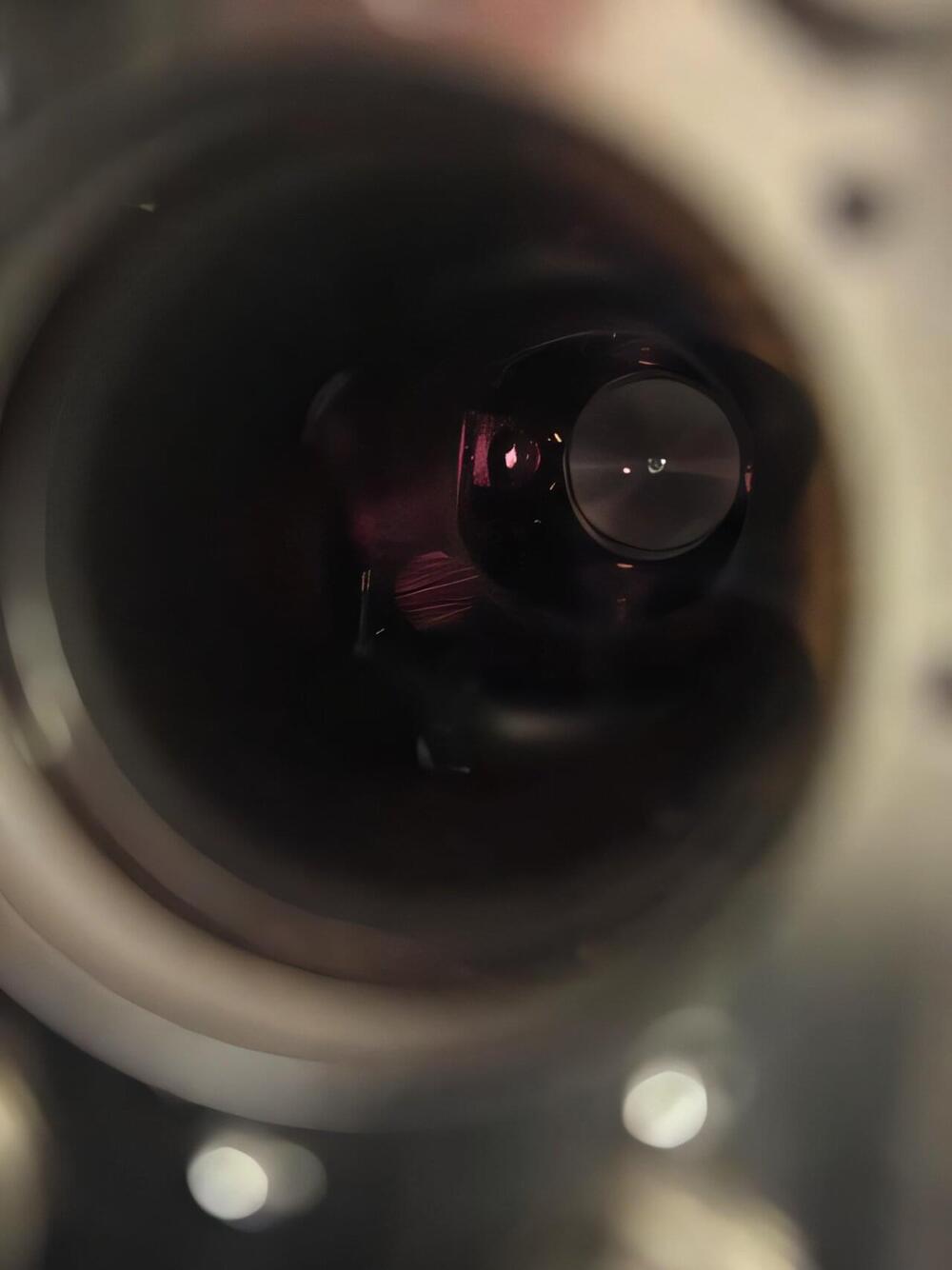A review of the most interesting and impactful longevity related studies from December, including how gene therapy can increase telomere length and how the immune system can be used to clear senescent cells.
Contents:
1. Intro 0:00
2. Gene Therapy To Increase Telomere Length 0:48
3. Freeing The Immune System To Remove Senescent Cells 15:20
4. Using Probiotics To Help With Sarcopenia 27:39.
Canadian Content Study.
5. Extracellular Vesicles To Combat Neuroinflammation 35:59.
Link to the newsletter being discussed (both online and PDF versions):
/ december-2024–120640668
Links to studies reviewed in this newsletter:






